A place to preserve 3 layers of culture
Located in the middle of a former guava and banana growing area, and now a construction site of the Kim Chung urban area construction project (in Kim Chung commune, Hoai Duc district, Hanoi ) and the 3.5 belt road project, the Vuon Chuoi archaeological site holds priceless, unique values with 4 cultural layers of Phung Nguyen, Dong Dau, Go Mun and Dong Son along with thousands of artifacts and fragments of artifacts of all kinds of materials, from stone, bronze, to pottery, bamboo, wood, even jade with many types, from weapons, labor tools, production tools, living tools to jewelry.
The relics and artifacts collected during many excavations have initially given us an outline of human life and society through many historical periods in Vuon Chuoi.
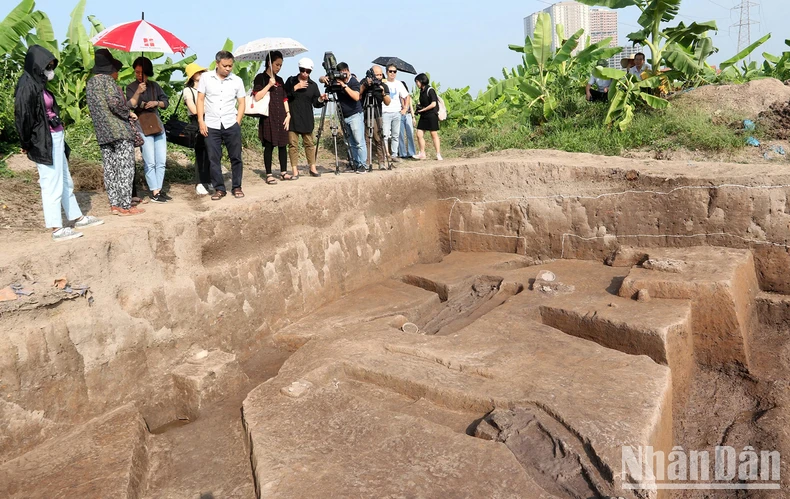 |
The tombs were excavated at Banana Garden. |
Preliminary report on the results of archaeological excavation and research of the Vuon Chuoi relic cluster by scientists from the Institute of Archaeology said that Vuon Chuoi has the outstanding feature of being a residential relic site.
In the excavation pits, scientists have discovered traces and relics of the Go Mun and Dong Dau periods as well as broken pottery fragments of the Dong Son culture period. Excavations to date have discovered many relics related to the daily life of people in the Pre-Dong Son - Dong Son period.
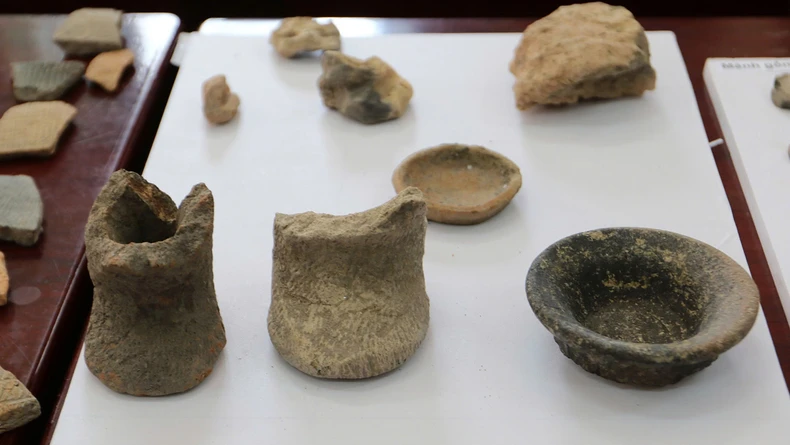 |
Ceramic foot artifact. |
Many types of residential relics such as cooking areas, traces of copper smelting furnaces, black soil pits, column base pits, traces of yard foundations or architectural foundations... belonging to many different cultural periods from Pre-Dong Son to Dong Son have been discovered here.
Relics in the strata show a direct development from Go Mun to Dong Son in Vuon Chuoi.
A large-scale excavation in late 2023 revealed many more important vestiges of the Dong Son and Phung Nguyen periods, showing that this area preserves up to four of the most brilliant cultural periods of ancient Vietnam.
Excavations also revealed unique and valuable relics and artifacts in outlining historical periods in this area.
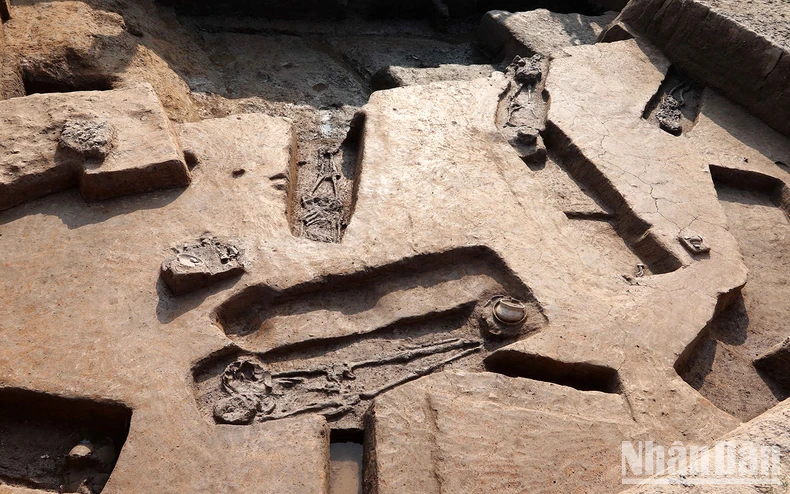 |
Remains discovered at Banana Garden. |
First of all, there are more than 100 burial tombs from the Dong Son and Pre-Dong Son periods. These burial tombs all have remains and burial objects, showing the social stratification and position of the buried people in each historical period.
In addition, according to Professor Lam My Dung, Hanoi University of Social Sciences and Humanities - who has excavated the Vuon Chuoi site many times, the system of remains in the tombs of different periods is still quite well preserved, promising to bring deeper understanding when studying anthropology, customs... of ancient residents. Through in-depth research on the remains, knowledge about the genes of pre-Dong Son people can be obtained to find a connection with the genes of today's Vietnamese people.
In addition, we can also study burial customs, interdisciplinary research on living environment, nutrition, health, pathology... to have a clearer view of ancient people.
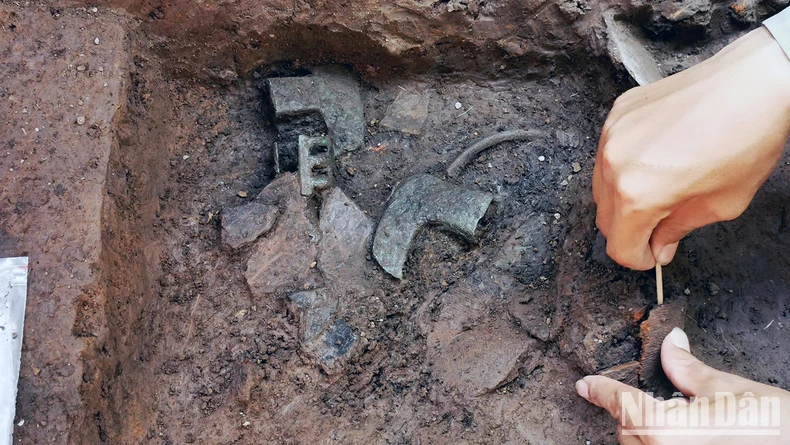 |
Deep underground are artifacts dating back thousands of years. |
In addition, there are thousands of artifacts made from stone, bronze, pottery, iron, animal bones and various types of shell fragments, along with many traces related to the daily life and social life of people at that time such as cooking stoves, traces of copper smelting furnaces, black soil holes, column base holes, traces of yard floors or architectural foundations...
The relics and relics discovered here show that the ancient residents here had mastered and developed to a very high level crafts such as making stone tools, pottery, wood products, casting bronze metal, spinning and weaving...
Traces of rice husks imprinted on some pieces of pottery and terracotta reveal information about wet rice cultivation. Bones of buffaloes, cows, pigs, etc. reveal the wet rice farming of the residents of Vuon Chuoi.
Fishing and catching fish are reflected through terracotta sinkers and bronze hooks... Forestry exploitation is shown through pieces of bamboo, wood... crafted into tools, which are still preserved today thanks to the layer of mud at the bottom of the pond.
Priceless values
Having an archaeological site with four cultural stages like this is extremely rare for many countries in the world. Associate Professor Tong Trung Tin, Chairman of the Vietnam Archaeological Association, assessed the Vuon Chuoi archaeological site as “unique”, unprecedented.
Professor Lam My Dung, who is extremely passionate and always concerned about Vuon Chuoi, believes that Vuon Chuoi is a typical example of how we have tried to preserve and have retained a precious site, in the current state of strong urbanization. Preserving Vuon Chuoi is also preserving a priceless asset for Hanoi in the future.
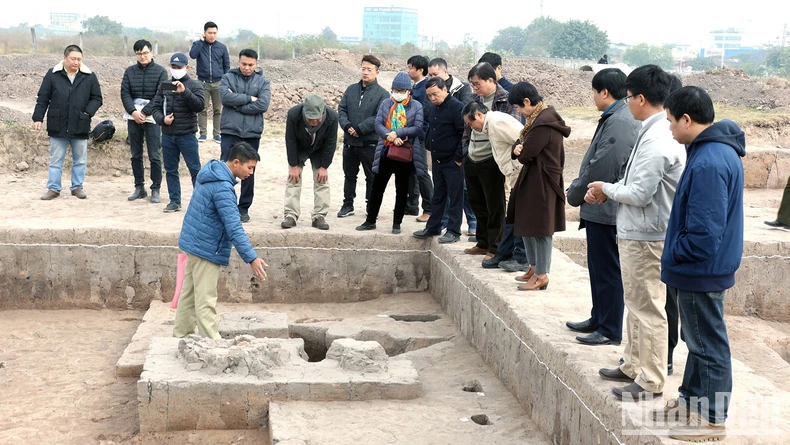 |
Leading scientists at an excavation pit in Vuon Chuoi. |
Dr. Nguyen Ngoc Quy, Institute of Archaeology, who has directly participated in the excavation for many years, said that Vuon Chuoi is a unique and invaluable archaeological site with 4 cultural layers and thousands of artifacts and relics, helping modern people to somewhat visualize the social life of our ancestors thousands of years ago.
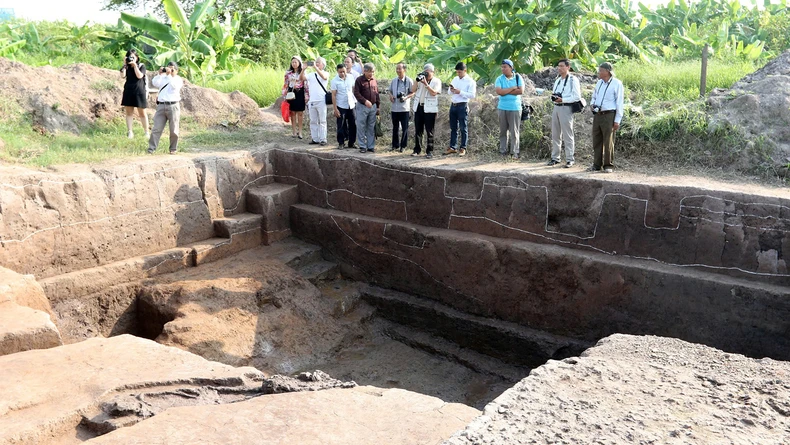 |
Cultural layers revealed in the excavation pit. |
“This archaeological site increases the value of any locality that owns it. If an archaeological park is built here, both to preserve and maintain the heritage underground and to let the public see the values of this archaeological site, this will not only be an attractive destination, but also increase the value of the entire urban area and city, because not every place in the world owns an archaeological site that is up to 3,000 years old and has gone through 4 cultural stages like Vuon Chuoi” - Dr. Nguyen Ngoc Quy shared.
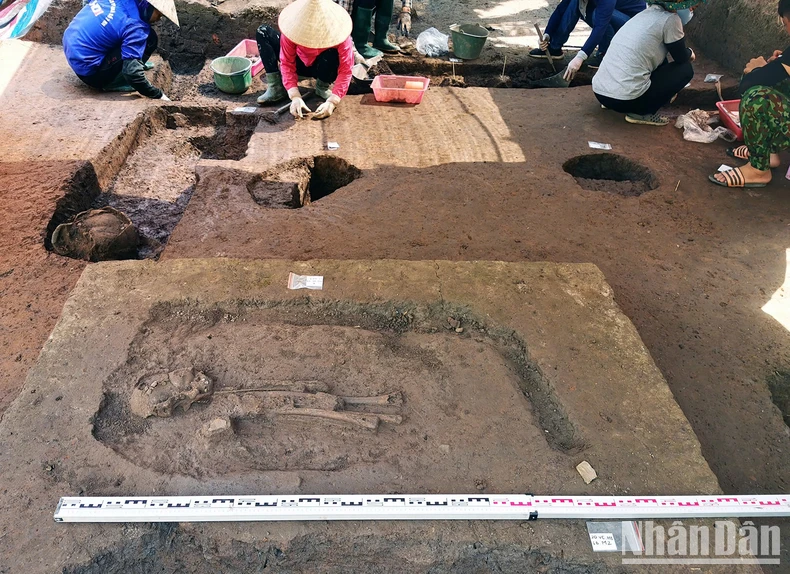 |
Therefore, the proposal of the Vuon Chuoi archaeological site to be ranked as a national relic by the Hanoi Department of Culture and Sports is a "sweet fruit" that scientists, people who love the heritage of their ancestors in Lai Xa village, Kim Chung commune, Hoai Duc district, Hanoi city, as well as the press have long awaited.
Source: https://nhandan.vn/cho-qua-ngot-cho-di-chi-khao-co-vuon-chuoi-post879160.html


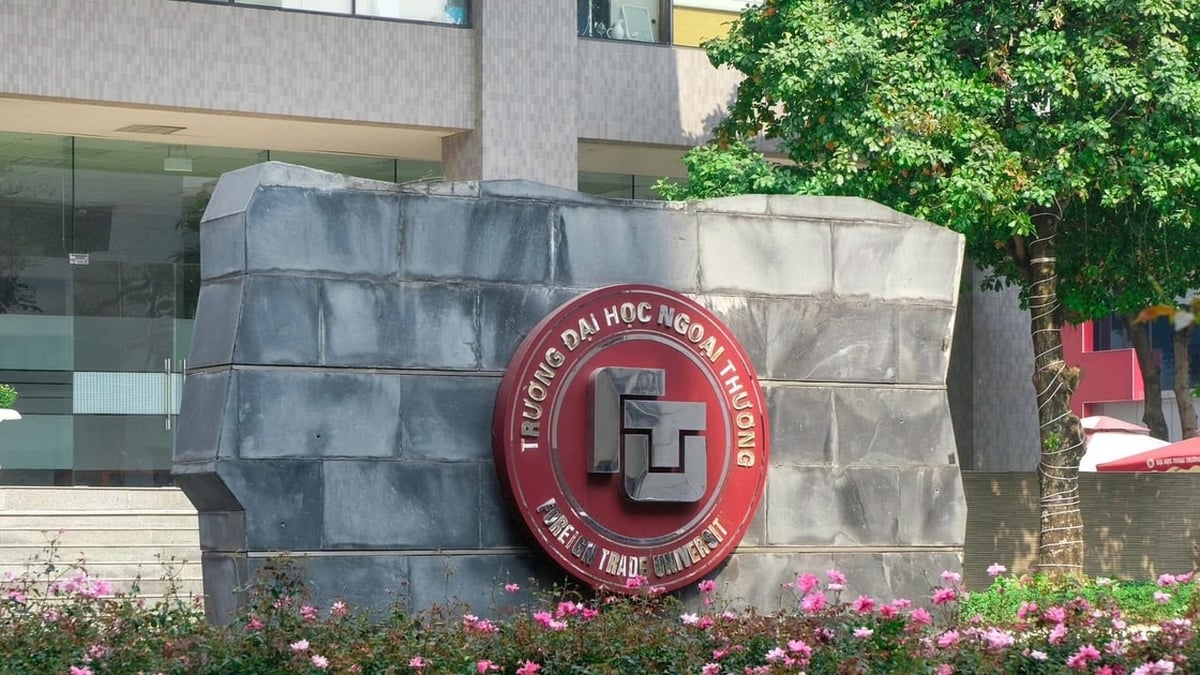
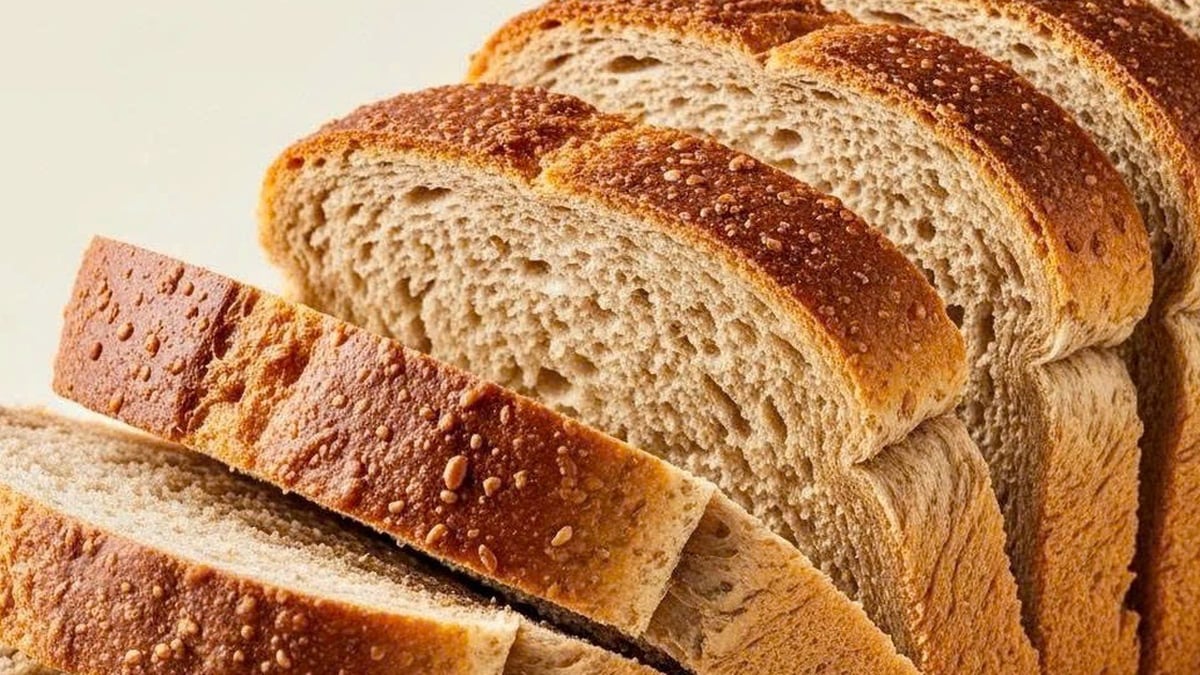
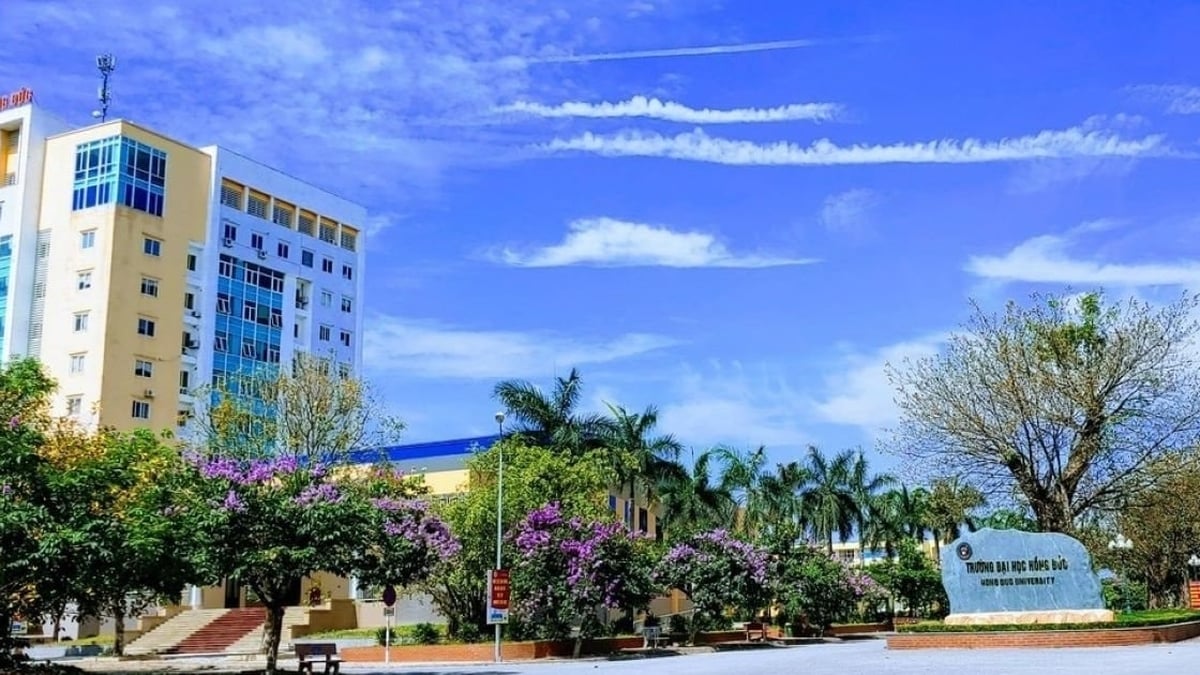
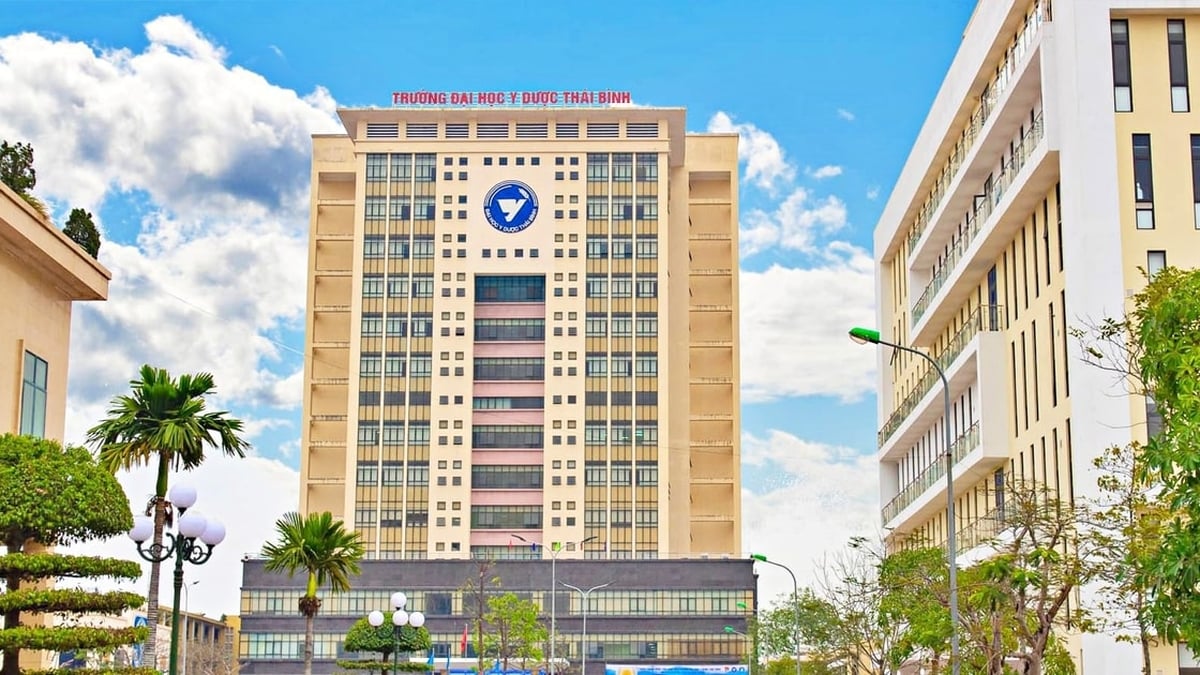
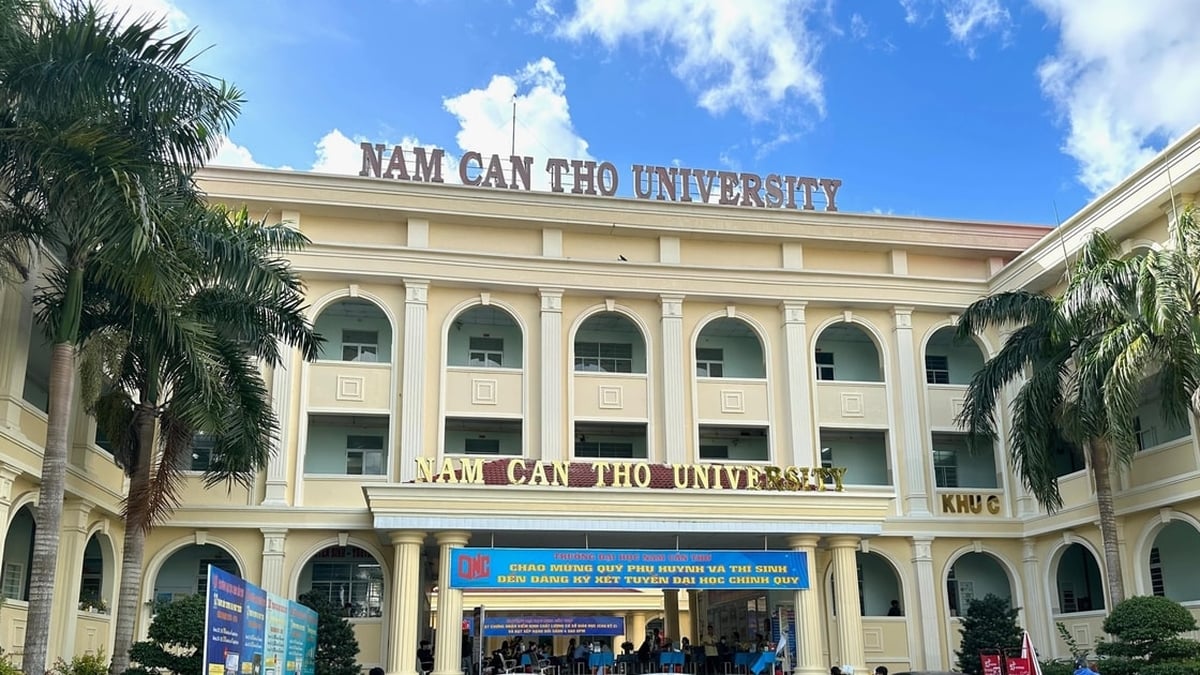
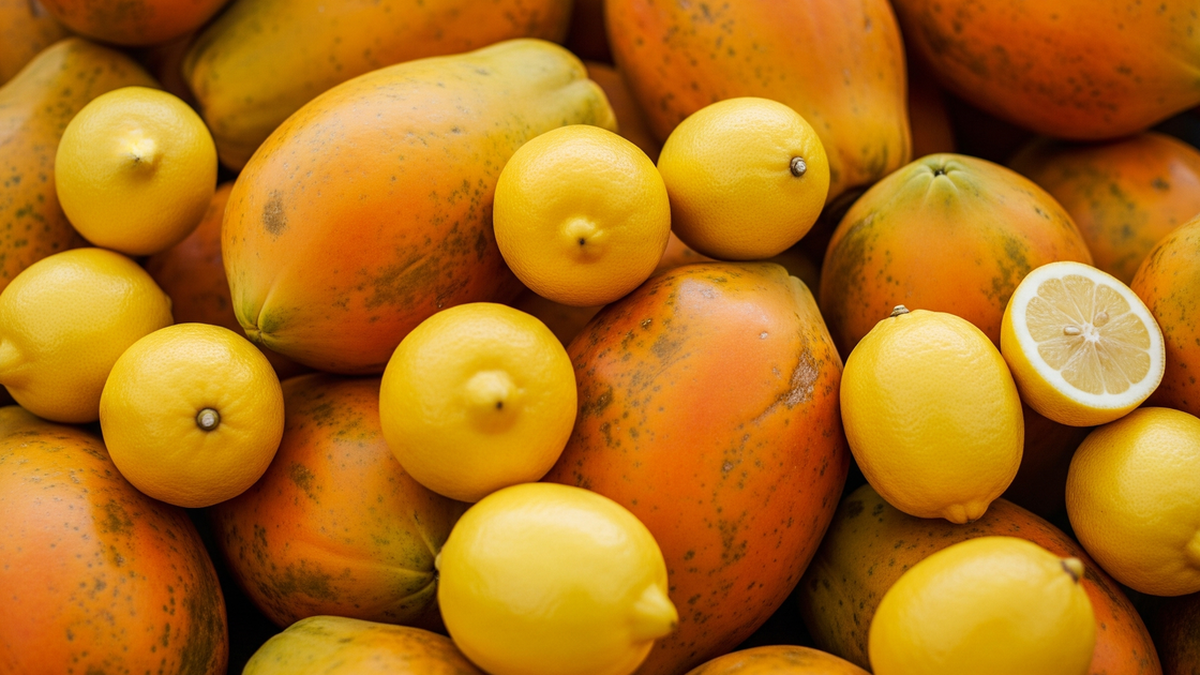

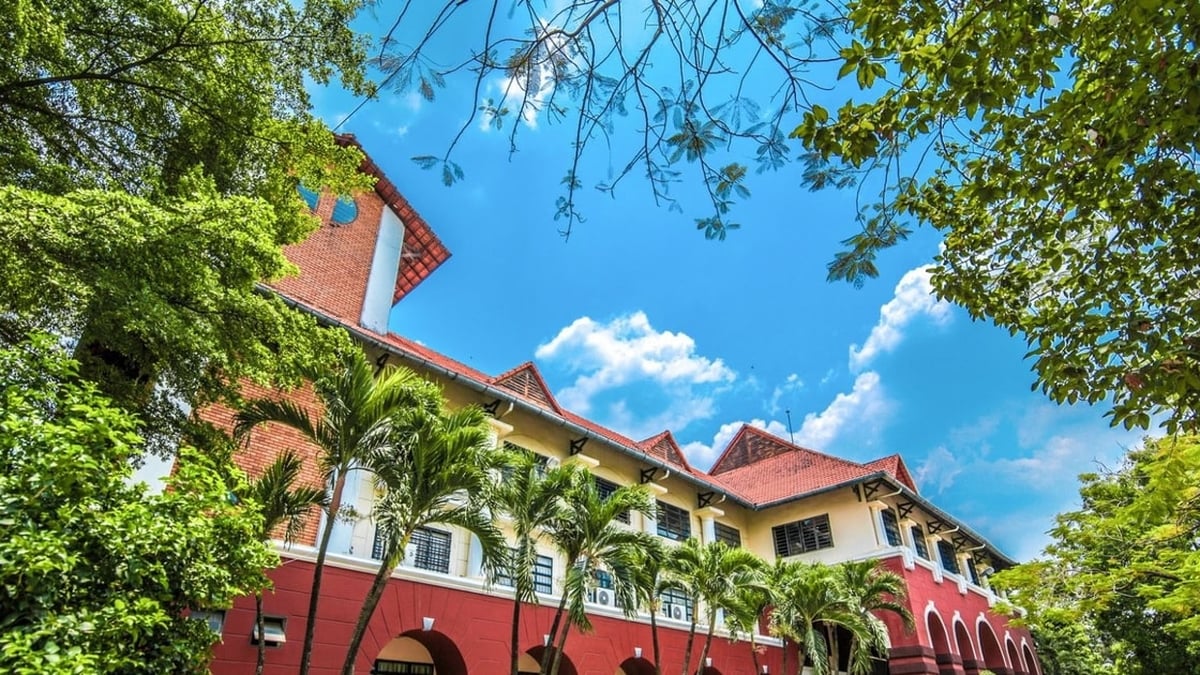
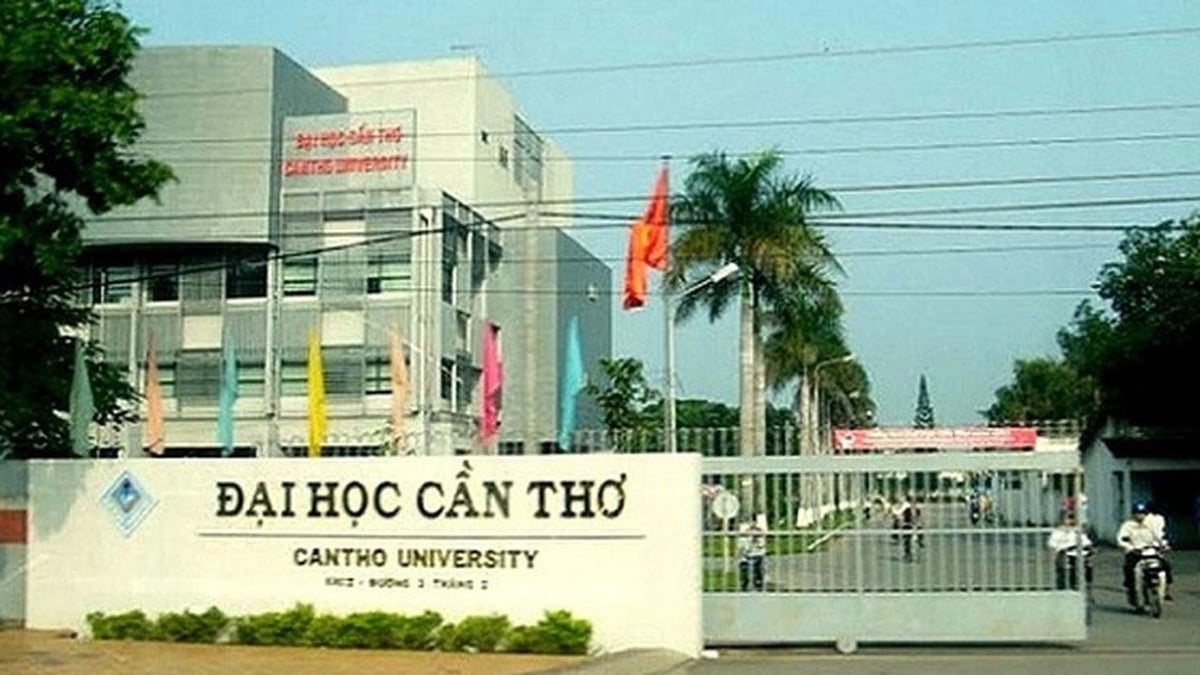
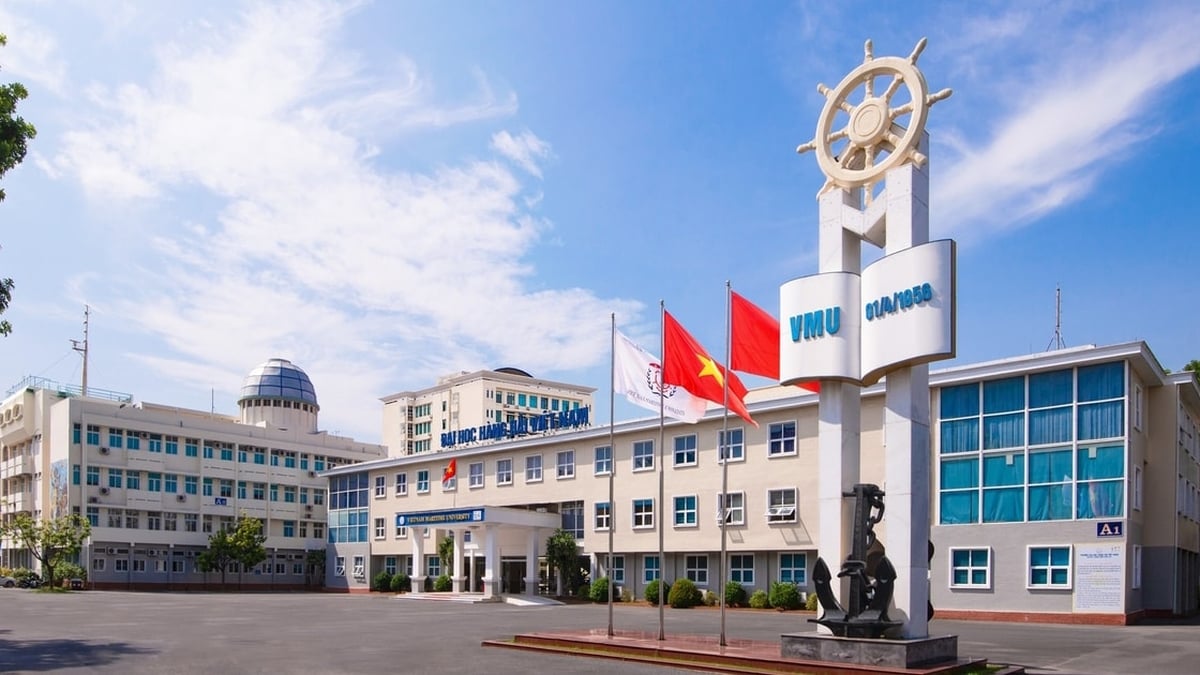

















































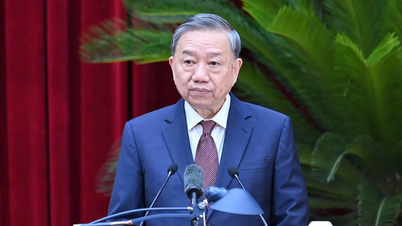
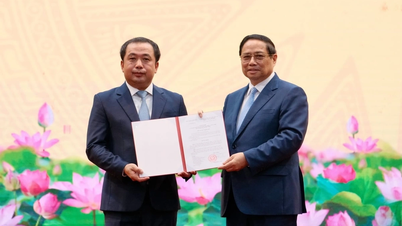
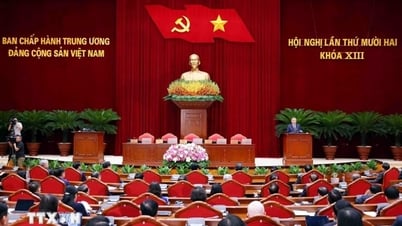




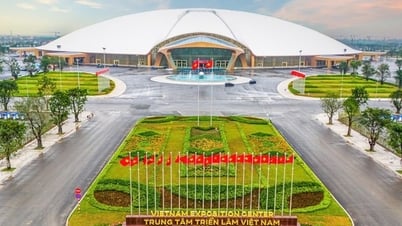
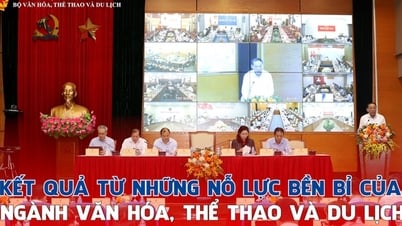
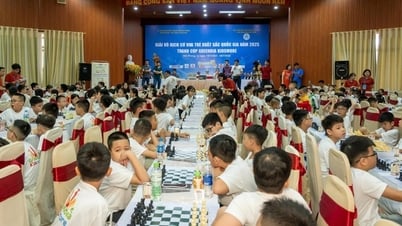
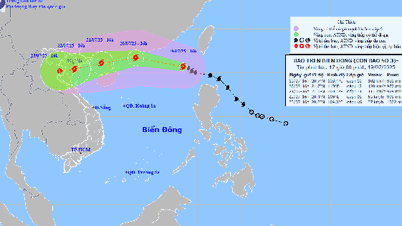

























Comment (0)